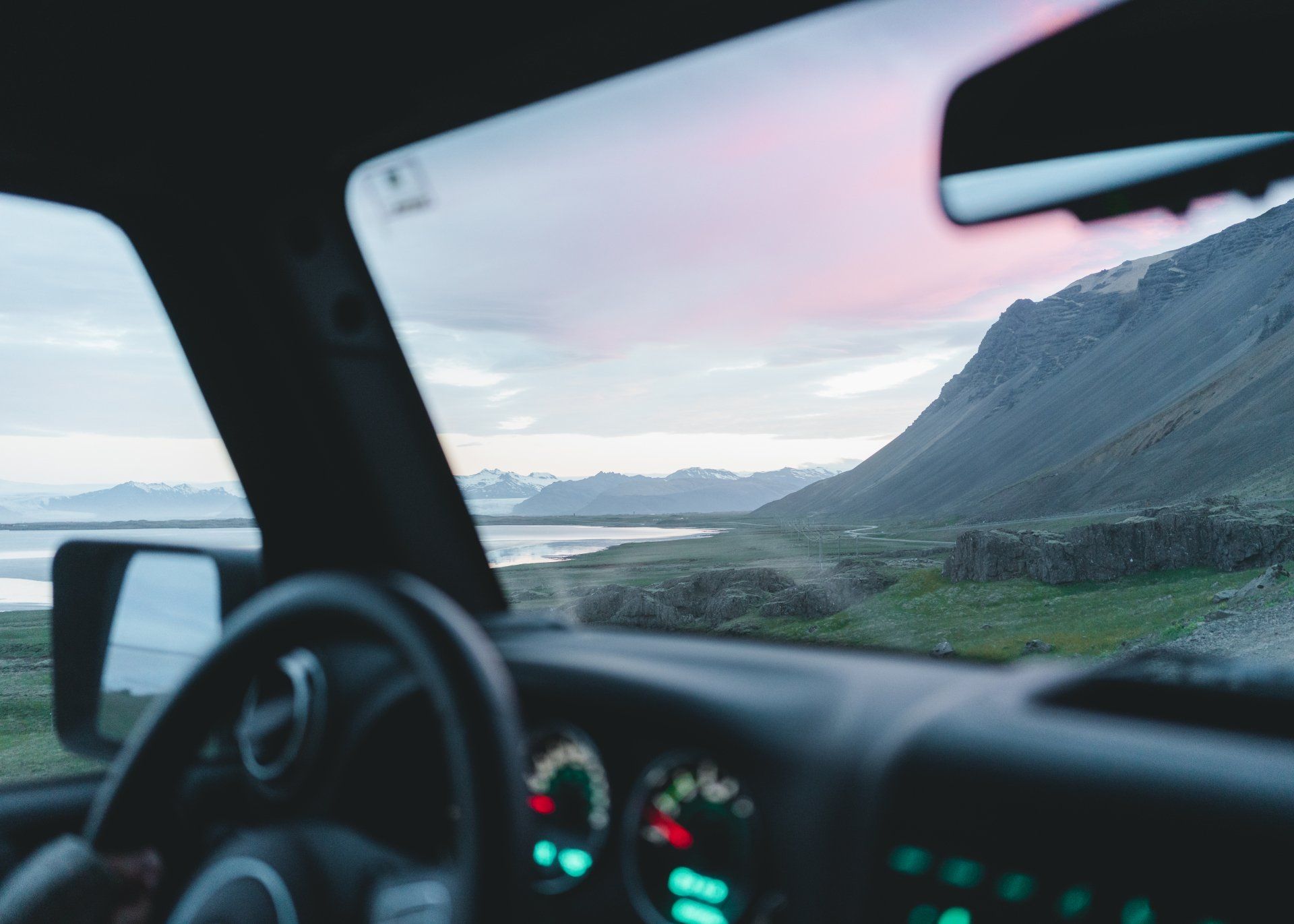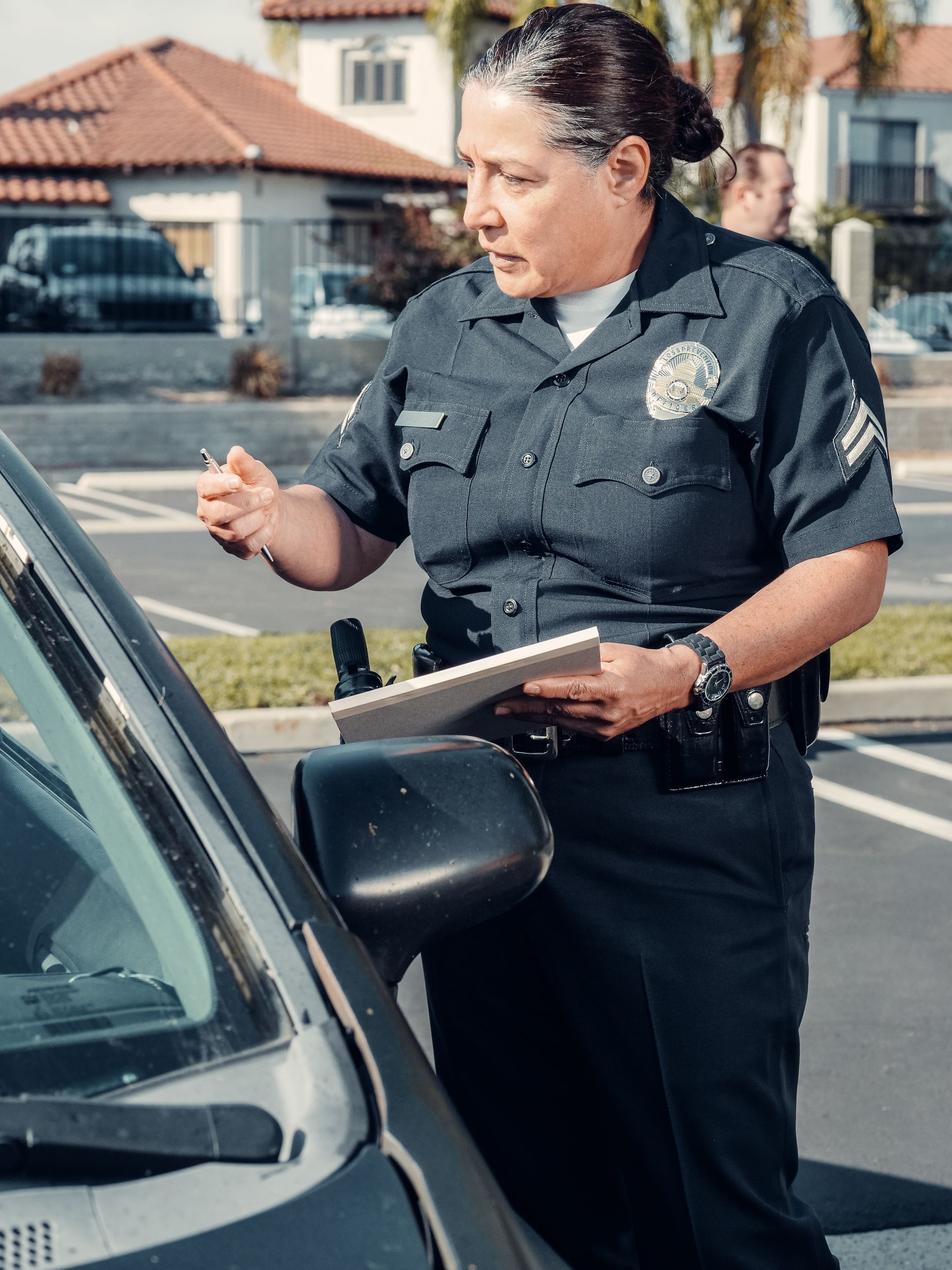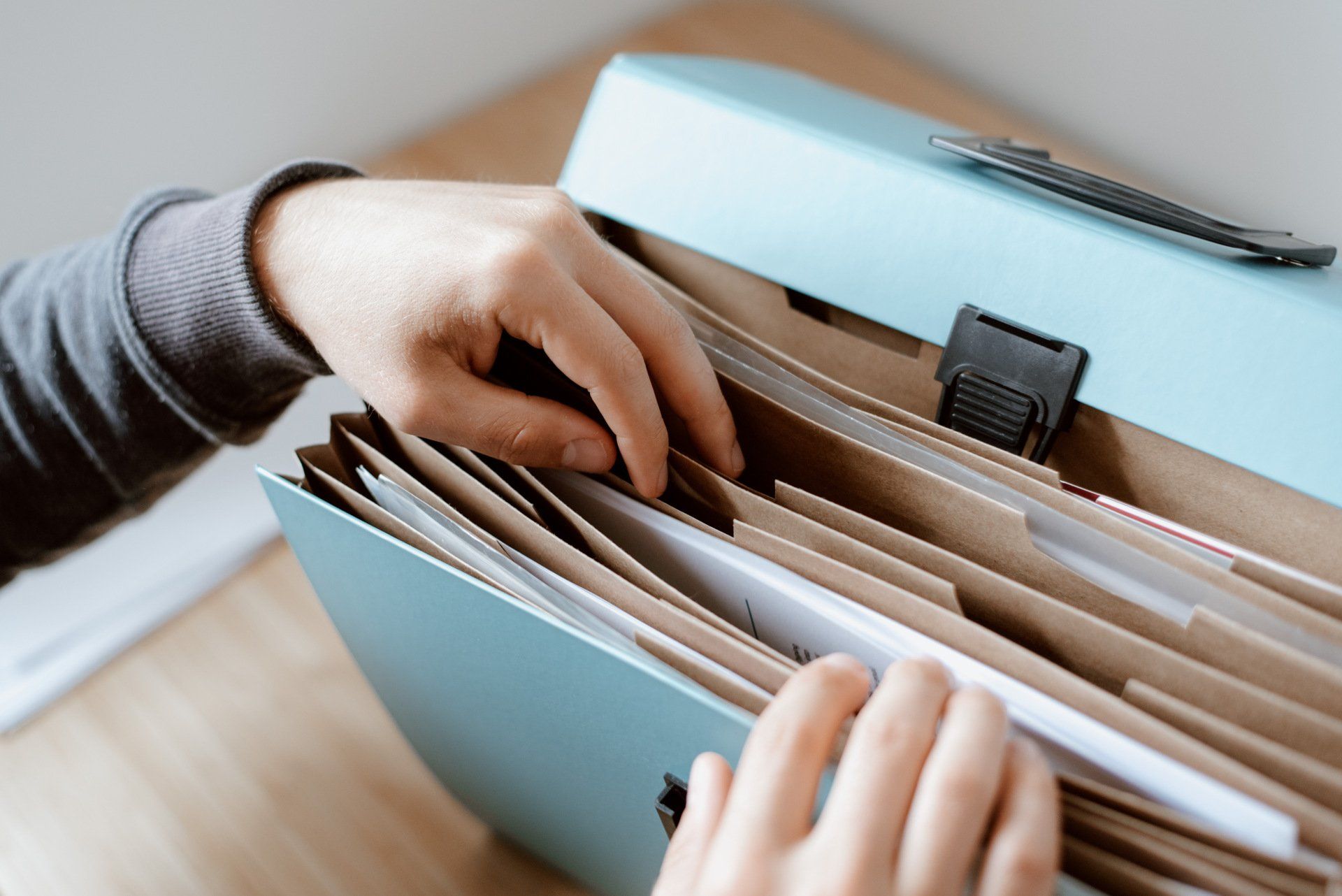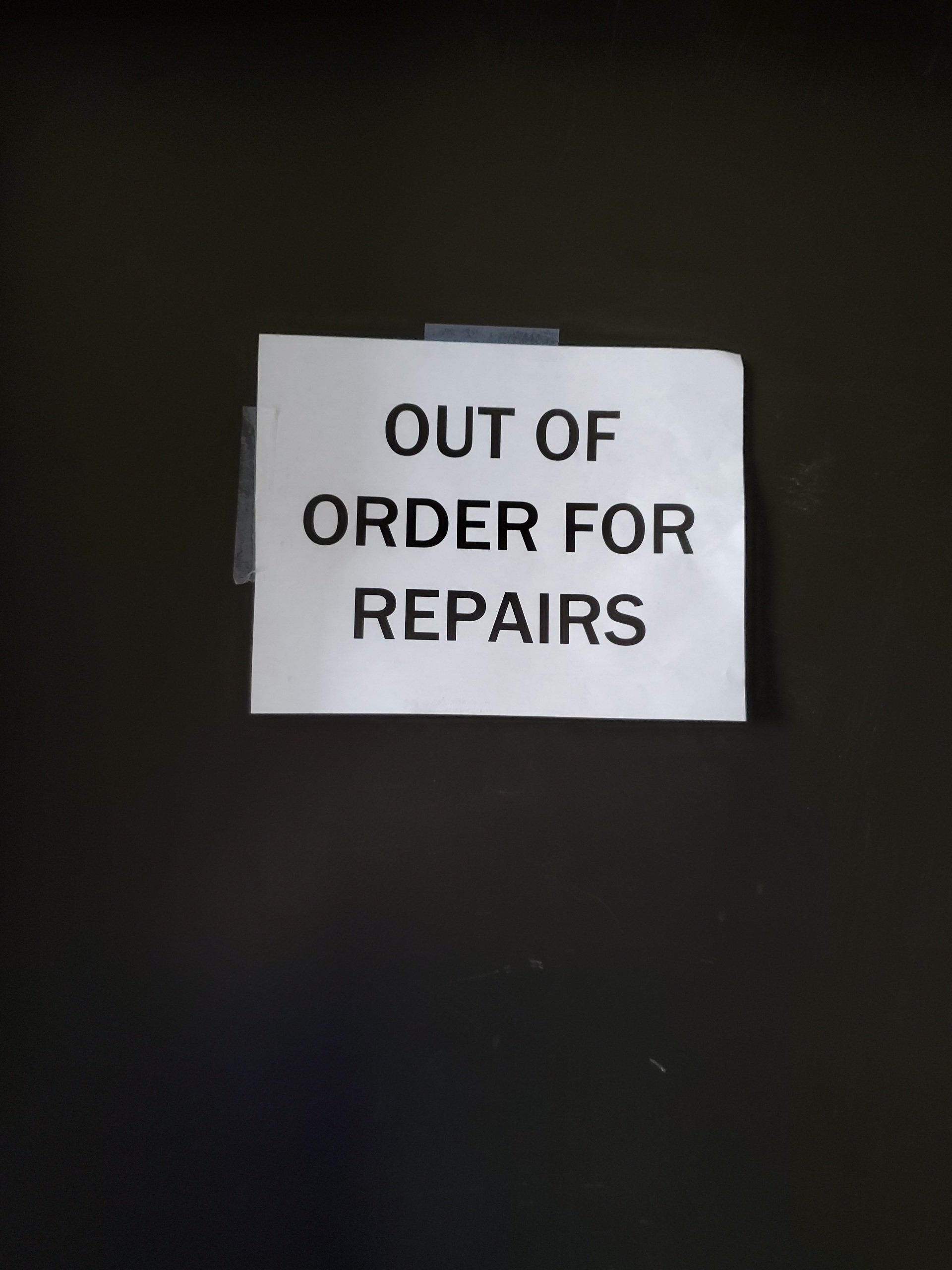Winter Driving Hazards
Tips for winter driving

The Hazards of Winter Driving
Driving in the winter presents specific challenges to drivers due to the constantly changing road conditions. Drivers must be able to recognize the hazards and use the correct defense to avoid a collision.
Three of the main hazards are the environment, equipment and personal behaviors. First, the environment - weather is the main culprit. The snow, sleet, sun glare and short days affect visibility and can make driving more difficult. Black ice, potholes, and reduced lane sizes due to snow piles or snow removal equipment add to the difficulty of winter driving. Equipment can be the second hazard. Make sure you are completing a pre- and post-trip inspection which can help to catch issues before they become a hazard. Pay very close attention to the following: tires - tread wear and inflation, heater/defroster, inoperable or damaged lights and improperly adjusted brakes. These items can be a detriment to you if you haven't properly checked them. Lastly, your own behaviors can be a hazard. Do not drive too fast for conditions, follow too closely or become distracted, this can affect perception and reaction time.
To ensure that you are as safe as possible during the winter driving months pay special attention to the following items to keep you safe:
1. Use the proper speed for conditions - follow speed limits and adjust your speed if the road conditions worsen.
2. Your reaction to hazards - do NOT use cruise control on wet/slippery roadways. If you do not feel safe driving, pull over and alert dispatch.
3. Keep a proper following distance - remember 1 second for every 10mph (if you are doing 60 - you should have a 6 second following distance) - if the roads are wet/slippery back off even further.
4. Monitor conditions - make sure that you are checking forecasts ahead of time for your route. Watch for signs of deteriorating road conditions.
5. Avoid distractions - when the weather is bad you need all of your attention on the road. Do not use your phone, limit your eating/drinking, and make sure that your GPS and radio are set and do not need to be adjusted (one less thing to worry about)!
6. During your pre-trip inspection make sure your windows are clean, your lights are visible, your windshield wipers are in good working order and that you have thoroughly checked everything to complete a safe trip.










